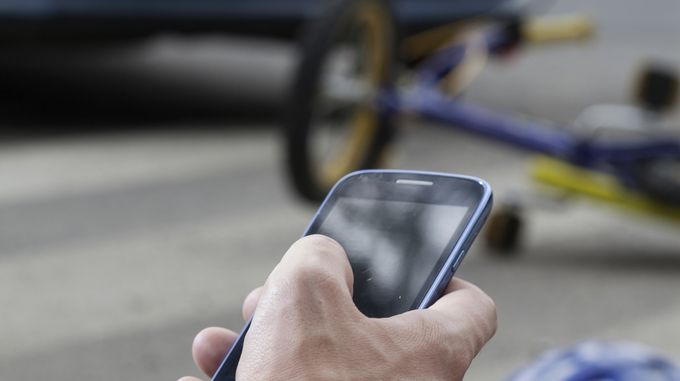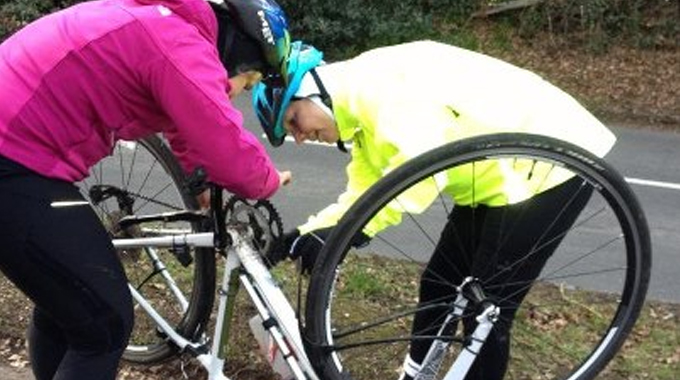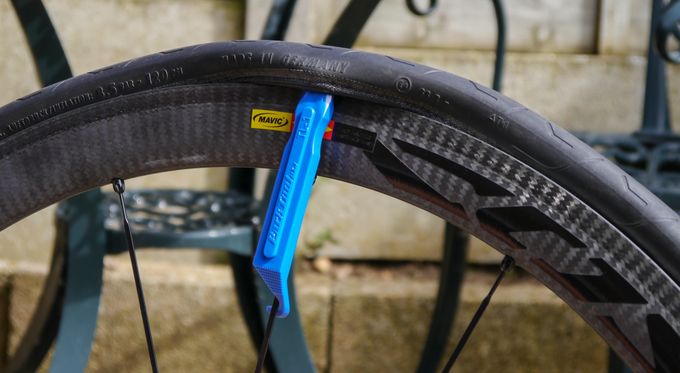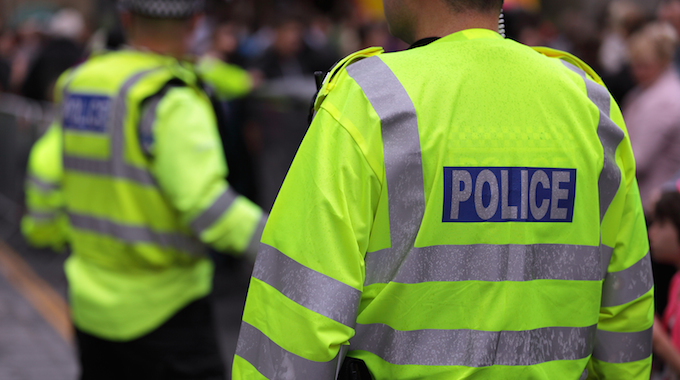Words by Lucy Edwards
While we would love every ride to be incident free, it is inevitable that accidents and emergencies can happen out on the road. Knowing what to do in a collision or a mechanical breakdown makes a big difference in how you cope with the situation.
Planning and preparation can help you to deal with any eventuality without ruining your riding experience. Here are some things to remember if you do find yourself in an emergency.
Dealing with an accident

Accidents can be caused by slipping on ice, sliding out on gravel, hitting a hidden pothole, or a collision with a vehicle, pedestrian or another rider. If you are involved in an accident, the first priority is to move yourself and your bike out of the road to minimize the chances of being hit by oncoming traffic.
Once safe, assess the damage to yourself and your helmet. Injuries might not be immediately obvious, as a surge of adrenaline can mask the pain. Check for broken bones, bleeding and areas of pain. If needed, call an ambulance or ask someone nearby to do so. Feeling disoriented and dizzy are symptoms of a concussion and will definitely need medical attention.
Wearing an identification tag or band engraved with your medical conditions can help the ambulance staff to provide treatment in the event of an accident, even if you are unconscious.



